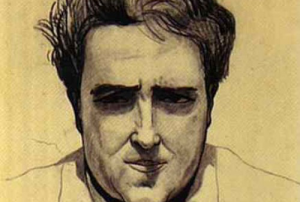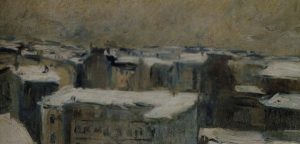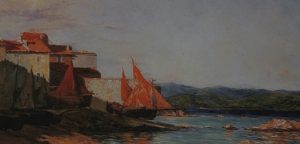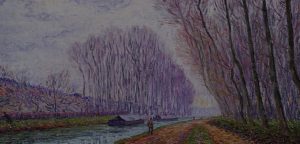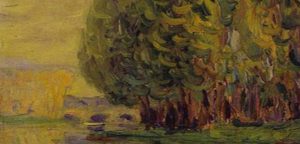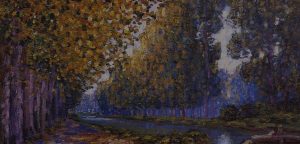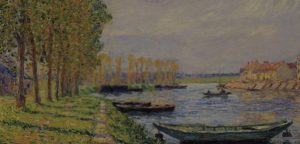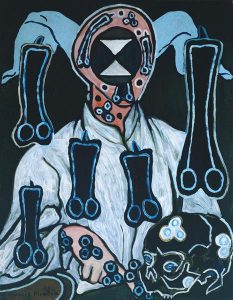Francis Picabia was born on the 22nd of January in 1879 in Paris, France.
1879 - 1953
Francis Picabia
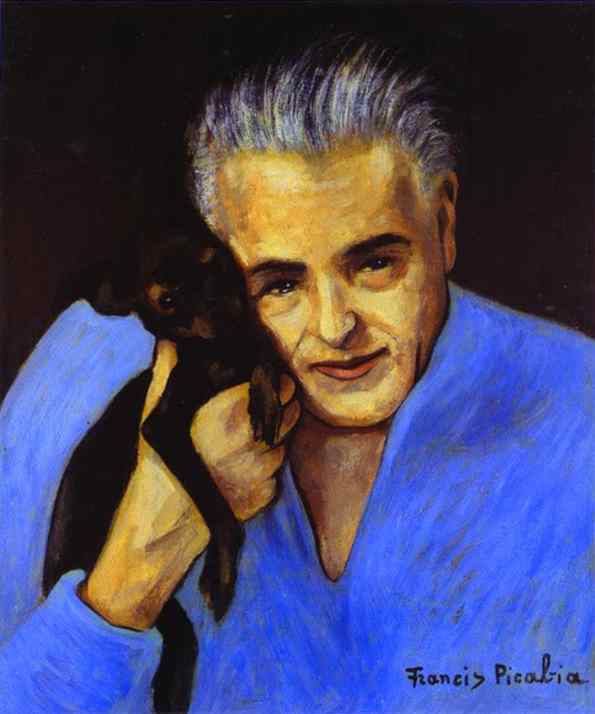
description
A French and American artist, designer, graphic illustrator, poet and publicist, who had Cuban citizenship.
The artist’s father was a Cuban attaché; his mother was a Frenchwoman. Financially secured Picabia studied with Fernand Cormon and other well-known teachers at the School of Applied Arts. After graduation, the artist worked at the studio of Cormon with his classmates Georges Braque and Marie Laurencin for the next four years.
Francis Picabia became famous as an eccentric artist who does not obey any rules and stylistic dogmas in his work. He was called “Papa Dada”, since he was the largest figure of the Dada movement in the United States and France, and the editor of the avant-garde magazine “391”, where the works of artists of this movement were published. Together with his friend and companion Marcel Duchamp, Picabia had a great influence on contemporary art, in particular, on Surrealism and conceptualism. The main galleries of contemporary art in the world still actively acquire the master’s paintings.
Key ideas:
– Francis Picabia was one of the most intriguing and incomprehensible artists of the twentieth century. His work amazes with its boldness, eccentricity and a wide variety of styles. The artist easily moved from one avant-garde movement to another one, changing his manner, the way of working and presenting his paintings.
– He always aspired to the purest and most authentic depiction of reality, experimenting with the form of objects, from the Cubist decomposition of the object into separate components to a strange combination of mechanical elements and significant inscriptions in his works. At the same time, Picabia, regardless of the form of expression, addressed the most secret desires of the human soul, expressing the aspirations and hopes of his generation.
– Having tried himself in various movements and leaving his vivid trace in them, Francis Picabia creates his own artistic style, which is both a continuation of already existing movements and, at the same time, a protest against them. These works, filled with a deeply individual vision of the author, are so paradoxical and extraordinary that sometimes they bring art to absurdity and nonsense.
– The most recognizable and typical for his individual painting style were so called «anthropomorphic blueprints», which replaced the artist’s portrait painting. In them, Picabia used various technical elements and gave them similarities with human forms, adding unexpected, unsuitable and vivid details. The most famous works in this style are “Here is a woman” (1915), “A daughter born without a mother” (1917), “Child carburetor” (1919). The bright “mechanized” drawings of Picabia are full of provocation, caustic sarcasm and challenge. They shock the public and make you look at the familiar objects from a new angle, demonstrating the power of the human imagination and the ability to see real images in any, even the most abstract or absurd form. It is these works that best correspond to his bright individuality and are the peak of his creative career. As a theoretician, Francis Picabia in the Manifesto of the Cannibal Dada (1917) proposed “to stand before a dada speaking on behalf of life, accusing you of the ability to love only because of snobbery, only when it is expensive.”
1879
1897
1905
1911
1915
1917
1921
1945
1953
The birth of the artist
He was fond of the works of Impressionists
He was fond of the works of Impressionists, especially Alfred Sisley. Picabia believed that “paintings should represent not nature, but the artist’s emotional experience,” and that Impressionism is the most appropriate tool for this. The ancient buildings, churches and lanes of Paris, river banks and barges floating peacefully were the main themes of his works of this period. Impressionist paintings of Picabia, fully expressing the spirit and atmosphere of this trend, were very successful and recognized, although did not completely satisfy the creative nature of the artist.
The artist's first solo exhibition at the Haussman Gallery
The artist’s first solo exhibition at the Haussman Gallery, where works in the Impressionist style were presented, was a success. By that time, the artist had gradually moved away from this style, and began an active search for a style more suitable for his creative nature. As a result, by 1908, Picabia had tried his hand in abstract art and Fauvism.
He met Marcel Duchamp
He met Marcel Duchamp and joined the Puteaux community at Duchamp Villon’s studio. At that time, the artist was fond of Cubism and created a number of vivid works in this style. In October 1912, Picabia participated in the exhibition organized by the group “Golden Section” at the gallery “La Boeti”, where he exhibited the famous painting “Dance at the source”.
Went to New York
Went to New York, where together with Duchamp and Ray began to develop an American version of the avant-garde fine arts. Around 1916, the artist completely abandoned Cubism and began to create his famous “mechanized” or “anthropomorphic” paintings. In them, Picabia used various technical elements and made them similar to human forms, adding unexpected, unsuitable and vivid details.
Returned to Europe
Returned to Europe, where he published the first issues of his art magazine «391» (named after the digest “291” in New York). In Switzerland, the artist met one of the founders of the Dada movement, Romanian poet Tristan Tzara. The rebellious aesthetics and philosophy of anarchy characteristic of the circle attracted Picabia, who was at a crossroads of his creative pursuits. He wrote a sharp “Manifesto of cannibals dada”. The artist actively participated in the activities of this movement, provided his works for its exhibitions, and later promoted its dissemination in the United States.
He moved away from the Dada movement
He moved away from the Dada movement because it was not vital anymore and lost its ability to shock. The artist left Paris and settled down on the south of France, where he continued to experiment with painting in different styles. At that time, he got close to Andre Breton and emerging Surrealism.
Returned to Paris, where he mostly painted landscapes
Returned to Paris, where he mostly painted landscapes, portraits, showy nu and avant-garde compositions. Together with H. Hartung and other abstractionists, he participated in one of the first exhibitions of “psychic” abstraction at the Colette Allandi Gallery in Paris.
The death
He passed away on the 30th of November in 1953 in Paris, France.

